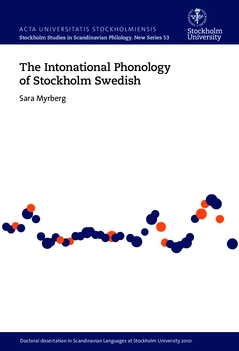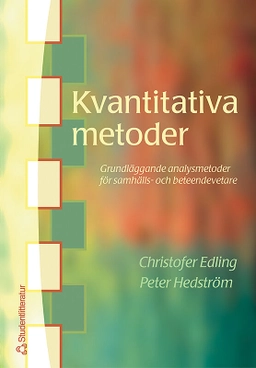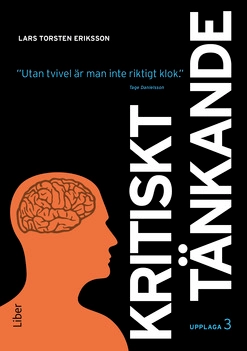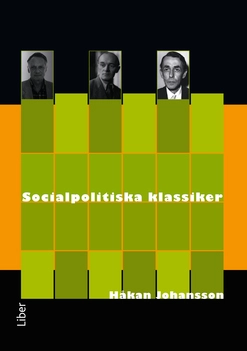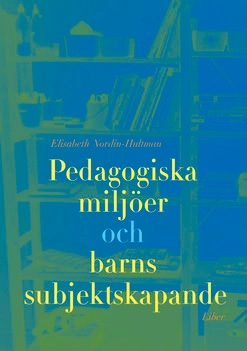This thesis discusses the phonology of sentence level intonation in Stockholm Swedish. Unlike most other Germanic languages Swedish and Norwegian use pitch to convey both lexical and sentence level information. As is well known from previous research, the combination of lexical tones and sentence level tones create two levels of tonal prominence in Stockholm Swedish, a distinction which is more difficult to make in other Germanic languages. These facts make Stockholm Swedish typologically interesting in several ways. Both the function and the phonological properties of the prominence levels are discussed in the thesis, special attention being paid to the higher prominence level. It is argued that this prominence level is used not only to mark focus, but also to mark left edges of phonological constituents. The thesis also explores the variety of pitch contours that are found at the right edges of phonological constituents, showing that there is more variation after the nuclear accent than generally assumed in previous models. In Stockholm Swedish both right and left edges of phonological constituents can be identified. This allows us to observe the phonological branching in intonation, and to separate it from the syntactic branching. There is evidence that phonological structure can be recursive, and that it distinguishes between coordination and embedding. While we can see that syntactic branching imposes constraints on phonological branching, there is no absolute isomorphy between the two types of structure.
Åtkomstkoder och digitalt tilläggsmaterial garanteras inte med begagnade böcker
